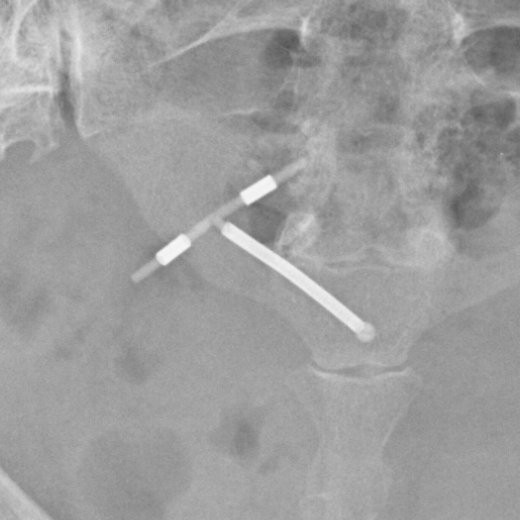More U.S. Women Choosing IUDs For Birth Control: Study

(Reuters) - A growing number of U.S. women appear to be opting for intrauterine devices (IUDs) as their birth control method, with the number more than doubling in just two years in one study.
Researchers, whose findings were published in the journal Fertility & Sterility, said this is good news, since IUDs and contraceptive implants are the most effective forms of reversible birth control.
But in the United States they are still far from popular, with use lagging well behind birth control pills and condoms.
The study found that in 2009, 8.5 percent of U.S. women using birth control chose an IUD or implant, with the large majority going with the IUD. That was up from just under four percent in 2007.
"We saw some pretty notable growth," said lead researcher Lawrence B. Finer of the Guttmacher Institute in New York, a sexual and productive health organization.
In France and Norway, about one-quarter of women on birth control use IUDs or implants, and in China 41 percent, Finer's team said.
When IUDs first came out, there were concerns - later disproved - that they might raise the risk of pelvic infection and jeopardize women's future fertility. Some doctors in the United States still harbor misconceptions about their safety.
It's not clear what's behind the shift, but a combination of factors are likely at play, Finer told Reuters Health.
One is that medical societies, like the American College of Obstetricians and Gynecologists (ACOG), have endorsed IUDs and implants. Another is that advertisements have probably increased women's awareness of IUDs.
The devices are "substantially" more effective than the pill or condoms because they do not rely on perfect use, Finer said.
With IUDs, it's estimated that between 0.2 percent and 0.8 percent of women will have an unplanned pregnancy within a year. The rate is just 0.05 percent with a contraceptive implant.
In contrast, the Pill and condoms must be used perfectly to be most effective. With the way people use them, though, the unintended pregnancy rate is about nine percent per year.
With condoms alone, it's between 18 and 21 percent.
Noting that with many couples now putting off having children until their 30s, Finer said more women may want to consider longer-acting birth control.
"Childbearing has shifted to later years. So it makes sense to think long-term," he added. SOURCE: bit.ly/MRSbZO
(Reporting from New York by Amy Norton; Editing by Elaine Lies and Michael Perry)
© Copyright Thomson Reuters 2024. All rights reserved.





















